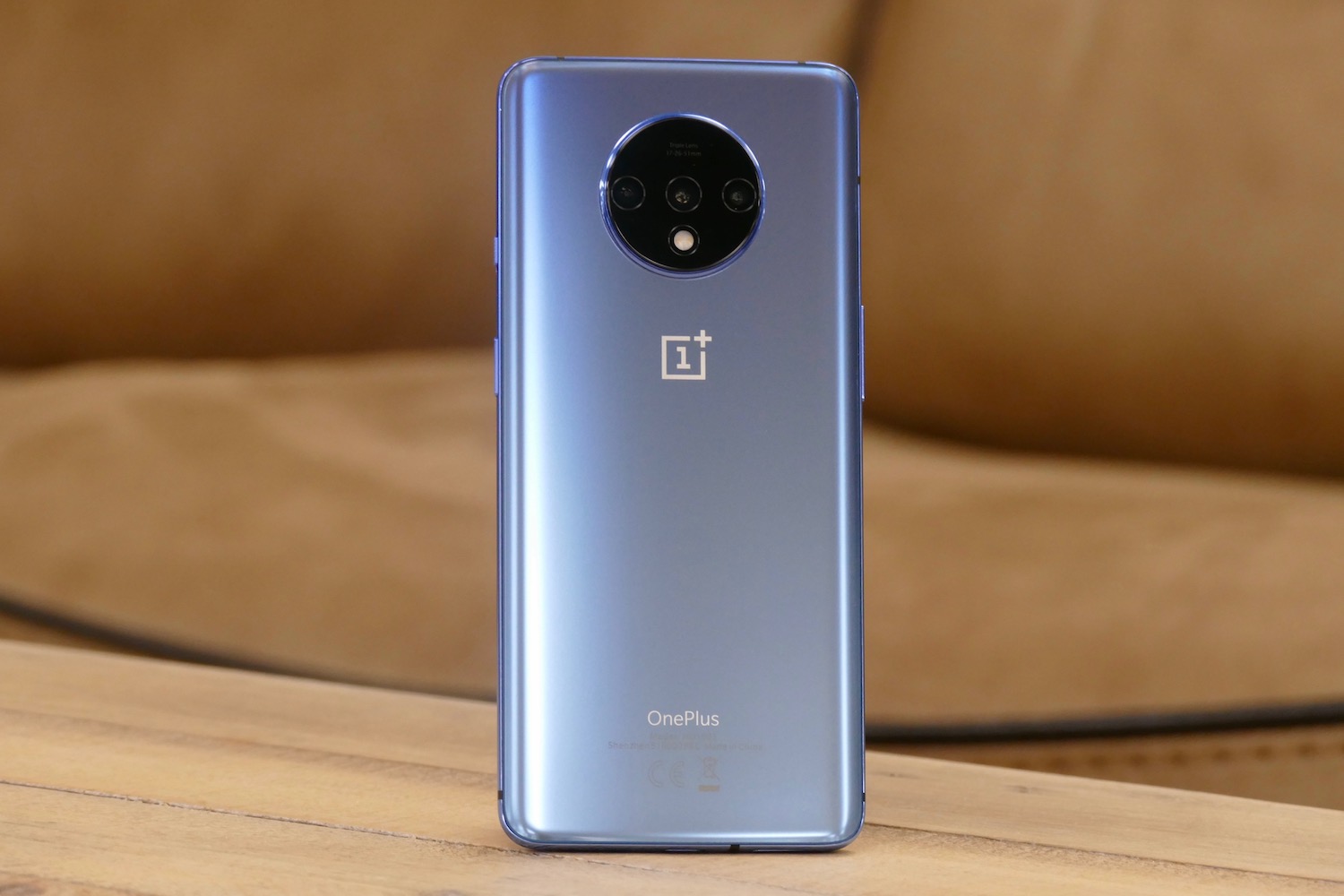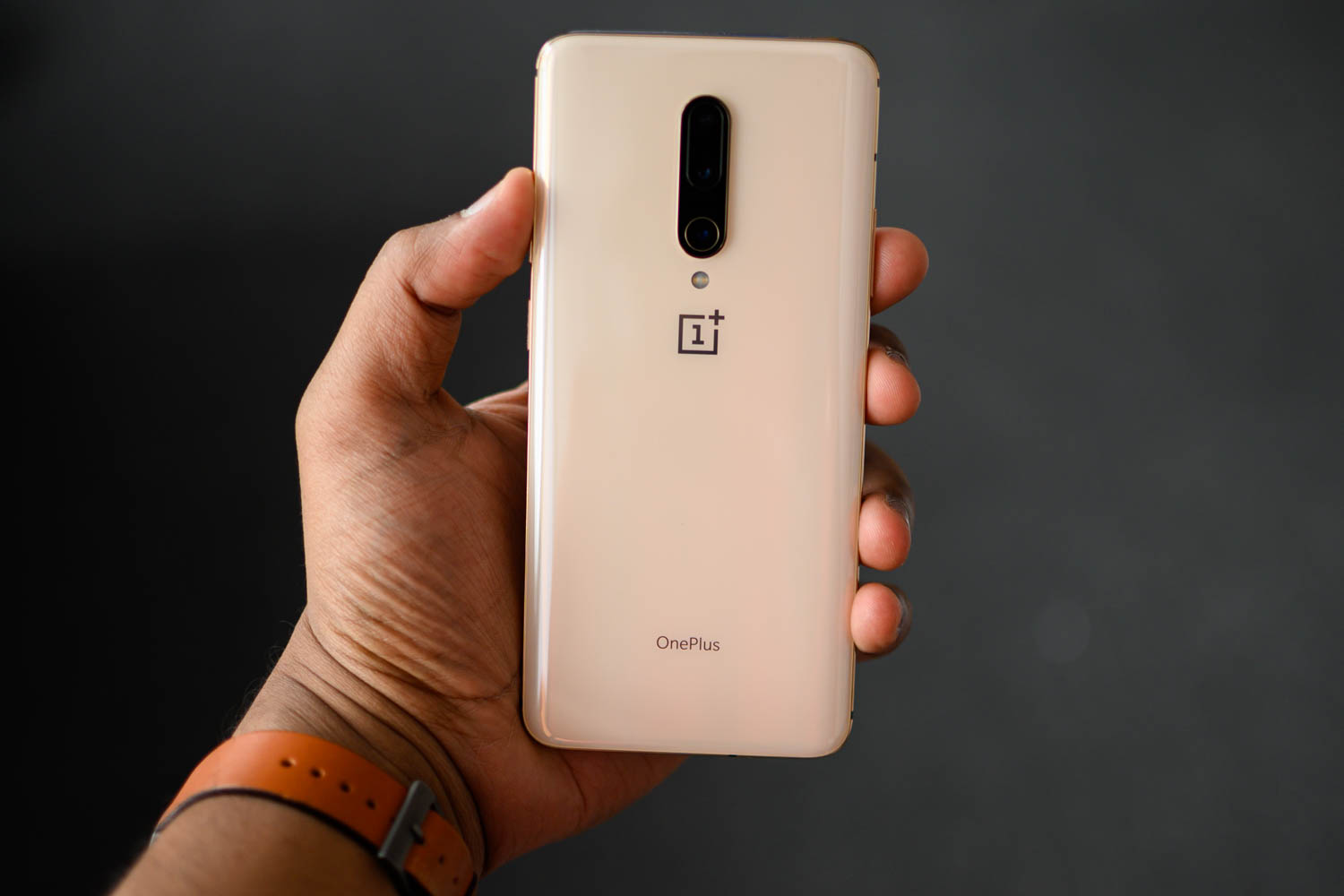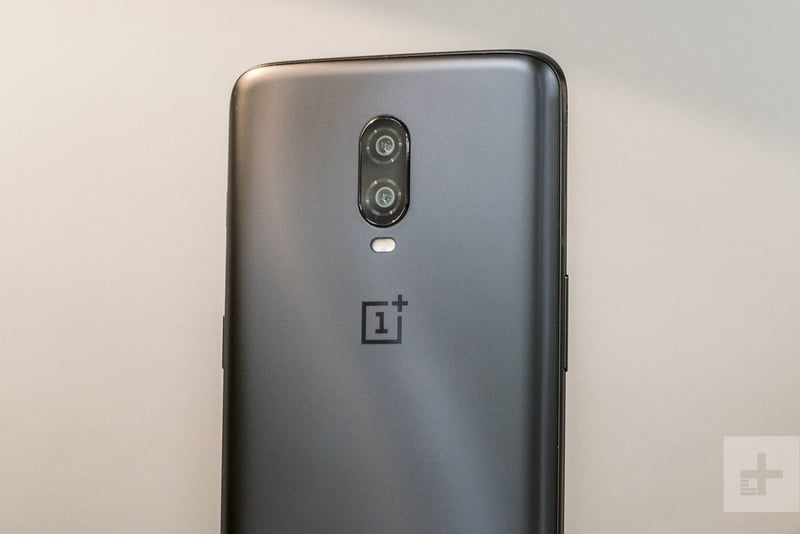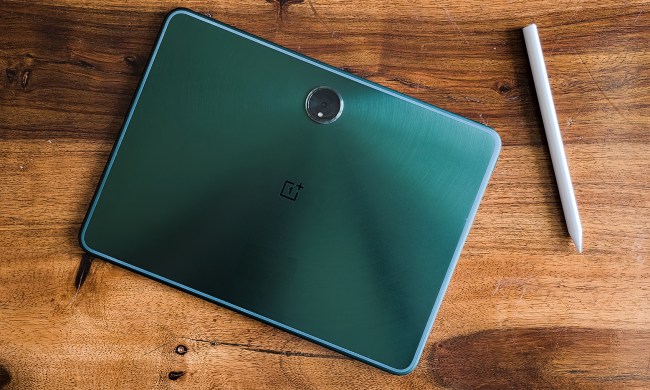After building a well-deserved reputation for value, OnePlus surprised us with its most expensive phone yet in the OnePlus 7 Pro. While it offered plenty to justify the $670 price, it felt more like a flagship than a flagship killer. OnePlus has taken a step back with the OnePlus 7T which comes in at $600. Has it compromised on quality to bring that price back down? Should you snap up a OnePlus 7 Pro while you still can? How does the 7T line up against last year’s 6T? We’ve got all the answers here as we compare the OnePlus 7T to the last two releases: The OnePlus 7 Pro and the OnePlus 6T.
Specs
| OnePlus 7T | OnePlus 7 Pro | OnePlus 6T | |
| Size | 160.9 × 74.4 × 8.13 mm (6.33 × 2.92 × 0.32 inches) | 162.6 × 75.9 × 8.8 mm (6.4 × 2.98 × 0.34 inches) | 157.5 x 74.8 x 8.2 mm (6.20 x 2.94 x 0.32 inches) |
| Weight | 190 grams (6.7 oz) | 206 grams (7.26 oz) | 185 grams (6.53 ounces) |
| Screen size | 6.55-inch Fluid AMOLED | 6.67-inch Fluid AMOLED | 6.41-inch AMOLED display |
| Screen resolution | 2400 × 1080 pixels (402 pixels per inch) | 3120 × 1440 pixels (516 pixels per inch) | 2340 x 1080 pixels (402 pixels per inch) |
| Operating system | Android 10 | Android 9.0 Pie | Android 9.0 Pie |
| Storage space | 128GB, 256GB | 128GB, 256GB | 128GB, 256GB |
| MicroSD card slot | No | No | No |
| Tap-to-pay services | Google Pay | Google Pay | Google Pay |
| Processor | Snapdragon 855 Plus | Snapdragon 855 | Snapdragon 845 |
| RAM | 8GB | 6GB, 8GB, 12GB | 6GB, 8GB, 10GB |
| Camera | Triple-lens 48-megapixel, 16MP ultra-wide angle, and 12MP telephoto rear, 16MP front | Triple-lens 48-megapixel, 16MP ultra-wide angle, and 8MP telephoto rear, 16MP front | Dual-lens 16MP (with OIS) and 20MP (with OIS) rear, 16MP front |
| Video | 2,160p at 60 fps, 1,080p at 240 fps, 720p at 480 fps | 2,160p at 60 fps, 1,080p at 240 fps, 720p at 480 fps | 2,160p at 60 fps, 1,080p at 240 fps, 720p at 480 fps |
| Bluetooth version | Bluetooth 5.0 | Bluetooth 5.0 | Bluetooth 5.0 |
| Ports | USB-C port | USB-C port | USB-C port |
| Fingerprint sensor | Yes, in-display | Yes, in-display | Yes, in-display |
| Water resistance | No | No | No |
| Battery | 3,800mAh
Fast charging (Warp) |
4,000mAh
Fast charging (Warp) |
3,700mAh
Fast charging (Dash or Warp) |
| App marketplace | Google Play Store | Google Play Store | Google Play Store |
| Network support | T-Mobile, AT&T, Verizon, Sprint | T-Mobile, AT&T, Verizon, Sprint | T-Mobile, AT&T, Verizon, Sprint |
| Colors | Frosted Silver, Glacier Blue | Mirror Gray, Nebula Blue, Almond | Mirror black, Midnight black |
| Price | $599 | $669 | $549 |
| Buy from | OnePlus | OnePlus | OnePlus, Amazon, T-Mobile |
| Review score | 4 out of 5 stars | 4 out of 5 stars | 4 out of 5 stars |
Performance, battery life, and charging
OnePlus has been quick to adopt the latest processors in its phones, so you can see a clear improvement from one model to the next. The OnePlus 6T has last year’s Snapdragon 845, while the OnePlus 7 Pro boasts the Snapdragon 855, and the OnePlus 7T kicks things up another notch with the Snapdragon 855 Plus. The jump in potential performance from the 845 to the 855 is bigger than from the 855 to the 855 Plus. To see a real world difference between Qualcomm’s latest two chips you’ll have to put your phone to the test with something demanding. Both offer enough processing muscle to run the latest games smoothly. The OnePlus 7T comes with 8GB of RAM and 128GB of storage, with the option of 256GB in some markets; that’s going to be plenty for most people. You get a few extra options with the older models.
There isn’t a big difference in battery capacity between these phones. The OnePlus 7 Pro has the biggest battery, but it also has the biggest screen to power. All should see you through an average day with change. You can also take advantage of fast wired charging with all three, though the newer 7T and 7 Pro can charge a bit faster than the 6T — you can take the battery from zero to 50% in just 20 minutes. There’s no wireless charging support here.
Winner: OnePlus 7T
Design and durability
- 1. OnePlus 7T
- 2. OnePlus 7 Pro
- 3. OnePlus 6T
There are some striking changes in the design of the new OnePlus 7T when compared to its predecessors, and that’s immediately obvious when you look at the back. OnePlus has adopted a circular camera module that reminds us of Motorola’s range instead of the vertical lozenge that graced the 7 Pro and 6T. The back is still gently curved, but OnePlus has also opted for a flat display around the front and brought back the teardrop notch of the 6T. We’ll dig into the display in a minute, but fans of the 7 Pro’s pop-up selfie camera, which allowed for an almost all-screen front may be disappointed by the 7T.
OnePlus has never gone for IP ratings with its phones, though it has stated previously that they’re water-resistant. What that means is that light rain is probably nothing to worry about, but submersion will likely kill your phone. Each of these devices will benefit from a case, and there’s no obvious winner in terms of durability.
This will likely come down to personal taste, but we think the 7 Pro, with its notch-free screen and vertically stacked camera suite, is the best-looking of the bunch.
Winner: OnePlus 7 Pro
Display

Although all three of these phones sport good quality AMOLED screens, only the 7 Pro and the 7T boast a 90Hz refresh rate. This fluid display isn’t just for games; it really makes a difference in everyday use and gives your swipes and scrolling a smoother, more responsive feel. The 7 Pro boasts the biggest screen of the three and also the sharpest at 516 pixels per inch, compared to 402 pixels per inch for the other two. To top off its dominance in this category, the 7 Pro’s screen is free of notches, whereas the other two have a teardrop notch for the front-facing camera. They all have in-display fingerprint sensors.
Winner: OnePlus 7 Pro
Camera

The camera is probably the fastest improving feature in smartphones today and so the dual-lens OnePlus 6T clearly lags behind the newer 7 Pro and 7T which both boast a triple-lens setup. They both have a 48-megapixel sensor with a large f/1.6 aperture and a 16-megapixel ultra-wide-angle lens, but the 7 Pro makes do with an 8-megapixel telephoto lens and that has been upped to 12 megapixels in the 7T. OnePlus has also added a new macro mode for close-up photography and expanded its night mode to include the ultra-wide-angle lens. Realistically, you’re unlikely to see much difference between the 7 Pro and 7T — the newer phone just edges it.
Winner: OnePlus 7T
Software and updates

The OnePlus 7T launches with Android 10 and Oxygen OS on top, which is full of useful customization options and extra features. OnePlus has worked to optimize it over the previous version in many ways. It has also, impressively, already rolled out the Android 10 update to the 7 Pro, so you can expect the same software experience on either phone. The OnePlus 6T is set to get the update, but hasn’t received it at the time of writing, which leaves it slightly behind; as an older phone it also likely won’t be supported for as long as the other two.
Winner: Tie — OnePlus 7T and 7 Pro
Special features
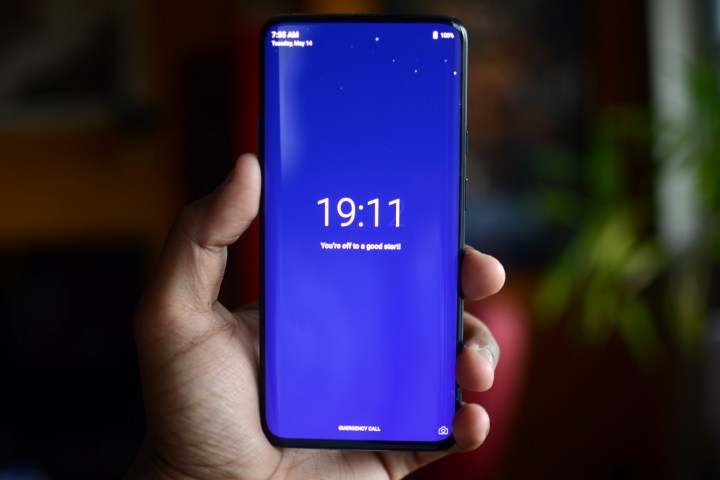
OnePlus tends to focus on the core experience in its quest to offer great value, and that means you don’t get a lot of extra special features in its phones. The main feature that elevates the 7T and the 7 Pro compared to other flagships is the 90Hz refresh rate in the display, which is something we’d really like to see in more phones.
Winner: Tie — OnePlus 7T and 7 Pro
Price and availability
The OnePlus 7T costs $600 and starts shipping on October 18. You can buy it directly from the OnePlus website. The OnePlus 7 Pro starts at $670 for the 6GB of RAM and 128GB of storage model and it’s available from OnePlus and in T-Mobile stores. The OnePlus 6T has dropped from its initial $550 to $500 and is also available from OnePlus and T-Mobile.
Overall winner: OnePlus 7 Pro
Usually newer is better, but in this case, we would pick the OnePlus 7 Pro over the 7T. Of course, the 7 Pro is significantly more expensive. The 7T does offer a faster processor and a slight improvement in the camera, but we think the 7 Pro’s screen and design are more enticing. In any case, the 7T looks very attractive for the price and it offers some major upgrades over the 6T. If you’re looking to buy and choosing between the 6T and 7T, then the newer phone is worth the extra cash, but if you have a 6T already, there probably isn’t enough here to justify the upgrade.
